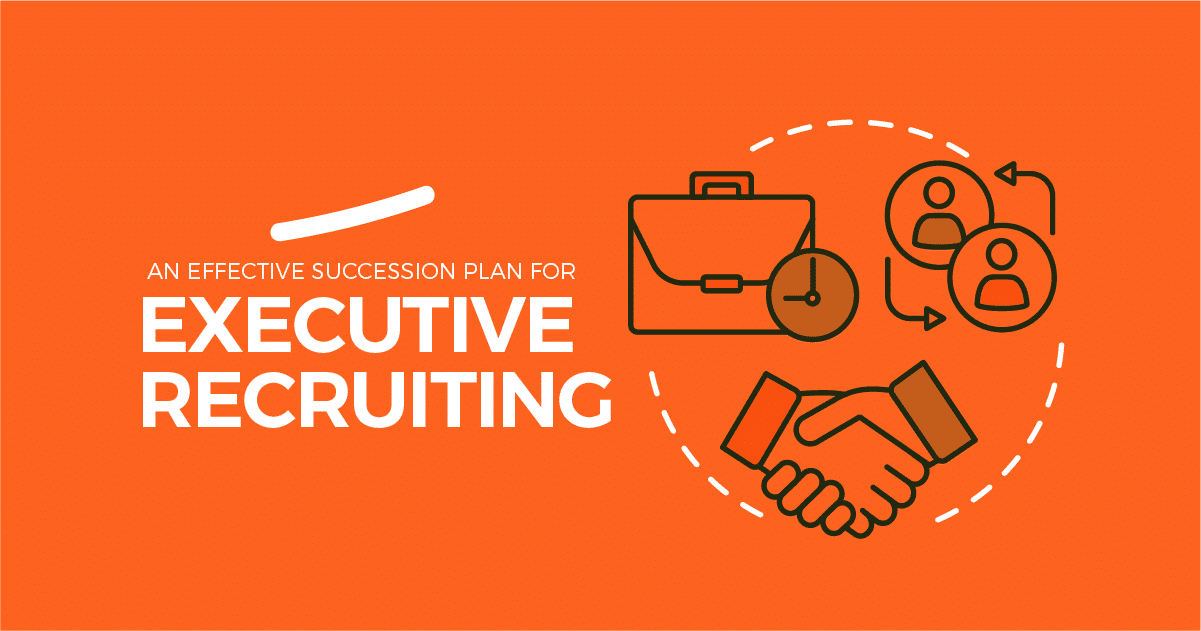Selecting the right person for an executive leadership role is one of the most difficult tasks an organization faces. If the candidate is not a good fit for any number of reasons, such as lacking key skills or not aligning with the company’s culture, their tenure is likely to be short and beset by turmoil.
By establishing a strong executive succession plan, however, companies can build a healthy succession pipeline that allows them to transition quickly when it comes time to fill an executive position.
Succession planning as practice began as a simple effort to identify which employees could move into which leadership roles if needed. The practice has grown and evolved over time to include training and growing talent, with progressive organizations already realizing benefits to their culture, their business and their daily operations.
Employers need to identify current employees who have the talent, personality, and motivation to lead the business in the future, and then invest in their career development. Once capable and ambitious employees have been nominated, use these methods to develop them into your organization.
Perhaps it’s a once a week job swap where the select employees learn about the elements of their potential new role? Or maybe a once-a-month workshop used to up-skill and develop leadership qualities is more suitable? Ensure on-the-job training is tailored specifically to the needs of selected staff members and doesn’t conflict with daily tasks. It is, however, essential that this training is regular.
Investment in the development and selection of executive leadership should continue with equally robust efforts to create an effective on-boarding and transition process. Organizations often assume that senior executives require less extensive on-boarding due to their high-level backgrounds. However, it’s arguably even more important to invest in robust on-boarding for senior executives in order for them to be successful in their new roles and have a greater impact on organizational success.
It’s important that companies make this connection between recruitment and succession. When discussing a client’s needs, we always ask if they have established a succession plan. About half the time, companies don’t have a plan in place, nor have they explored developing a formal strategy. Additionally, for those with a succession plan in place, the companies often lack specific benchmarks or goals indicating how employees can progress within the organization. Because most job seekers prioritize career growth, it’s crucial for companies to present a clear and consistent message about where the role will lead in three, five or 10 years down the road. It also ensures a company has a comprehensive succession plan that will help guide the company, securing a sound future.
Succession planning is a strategic way to help you fill your roles with high-quality talent, faster. It can also help you retain the talent you’ve worked so hard to recruit. However, you will need to partner with key stakeholders in order to make it work. Hire faster with Jobberman Ghana. Hire the best and brightest.





